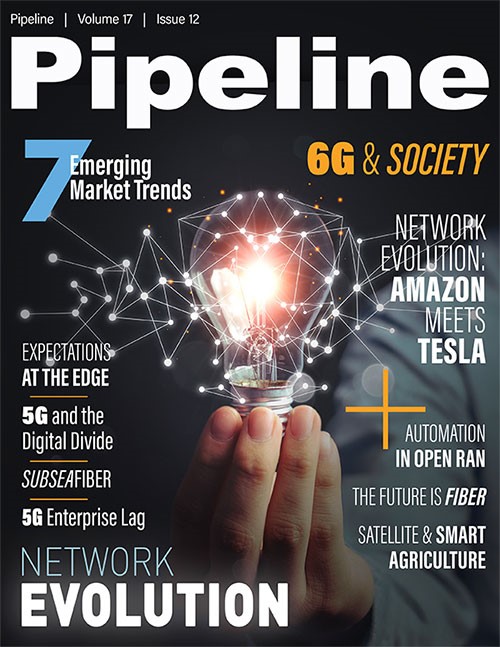Enterprise 5G: Missed Opportunities
These local, specialist private network players have captured a significant share of the market because they have achieved what CSPs have not: a clear understanding of vertical applications coupled with the ability to quickly shift resources to target new opportunities. They were also faster to identify and react to spectrum developments and opportunities. Comparatively speaking, the enterprise DIY 5G model has declined in popularity in the past year. Most enterprises simply don’t have the resources to go it alone, but it is a challenge that CSPs must be aware of. It also signifies that enterprise demands are neither being met, nor are CSPs demonstrating the know-how to deliver 5G strategies that are essential for successful outcomes.
It's clear that the 5G race is far from over for CSPs. Certain service providers are realizing the importance and urgency of the enterprise 5G market, enhancing their 5G value propositions with an increasing number of CSP-driven 5G enterprise new service launches. The likes of Verizon, Orange Business Services, Telia, Rogers, and many more joined Vodafone, Deutsche Telekom, and Telefónica in announcing private 5G multi-access edge (MEC), campus LTE and 5G networks, and enterprise 5G offerings.
Carving a middle path
Traditionally, there have been two different models to selling solutions in the market. The first is the system integration model, in which someone buys all the pieces, makes the solution and tailors it specifically to the customer. The second is the app-store model, a central place where you can buy generic services.
The issue with the system integration model is that although it usually creates high profit margins, it requires high capabilities, which take time to develop. It is also very hard to scale. The app-store model requires low capabilities and has the potential to scale, but it creates very low margins and often low adoption because of its generic nature.
What CSPs need is something in between: a non-linear and multi-sided business model focused on aggregating their own capabilities and those of their partners. This approach would enable them to create sophisticated and high-margin multi-partner solutions using an ecosystem of partners to genuinely solve customer problems—and then easily orchestrate and monetize them.
As orchestrators of an ecosystem, CSPs have the potential to offer so much more and decide what part they want to play in the economic power curve, as virtually no other company can offer such a broad portfolio covering wide needs via an already public network.
And this is exactly what enterprises are looking for. According to research, the three most critical attributes when choosing an enterprise 5G partner are security expertise, commercial innovation and technical architecture and network design skills. Of course, technical architecture and network design are the core competencies of the CSP. Commercial innovation will require the CSP to harness models akin to the hyperscalers—business models that include opex, pay-as-you-grow, as-a-service, and cloud-like contracts. Demonstrating their ability to scale projects and solutions through long-term flexible commitments will establish CSPs as an ideal partner for those enterprises with complex, cross-border needs. With other specializations such as security expertise, CSPs can of course consider M&A, but this is where partnerships and co-creation become so critical. Partnerships reduce complexity and eliminate the need for CSPs to be specialists while enhancing the value of the 5G service if the solution is co-created with a partner who has expertise in a certain field. The saying that ‘two heads are better than one,’ rings true, and through specialist partnerships, CSPs will see 5G from the customer’s perspective.
The power of partnerships
In enterprise 5G, standing still is really no longer an option, especially in an era when share prices of telecoms companies dropped on average by 20 percent over the year. As 2021 comes to a close in this last quarter, time is running out for CSPs to understand the changes necessary for success and to simply learn by doing. Prioritizing continuous service experimentation with an agile approach to co-creating 5G-enabled solutions with partner ecosystems—with a laser focus on the customer—is key for success with this new generation.
There will be no one “killer” use case with 5G, so waiting for one is not an option. 5G enterprise solutions must be built with the customers’ needs in mind, and the solutions must be complete, based on a combination of technologies and partnerships. The solutions must address specific industry problems and be developed in line with dynamic changes in the market. This will mean gradually developing a growing number of solutions with an increasing number of technology partners and vertical specialists. 5G success will be achieved by those CSPs that partner and scale at speed.



















